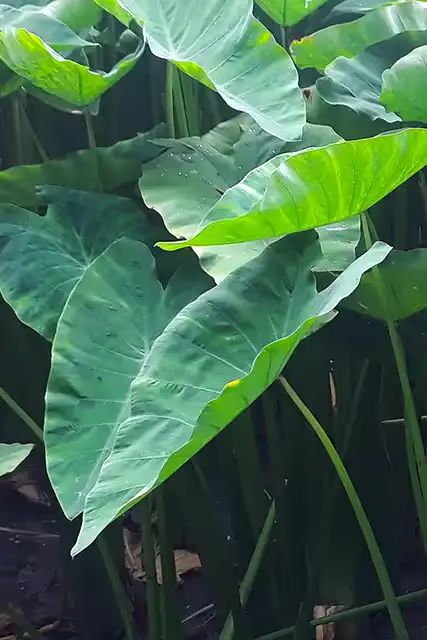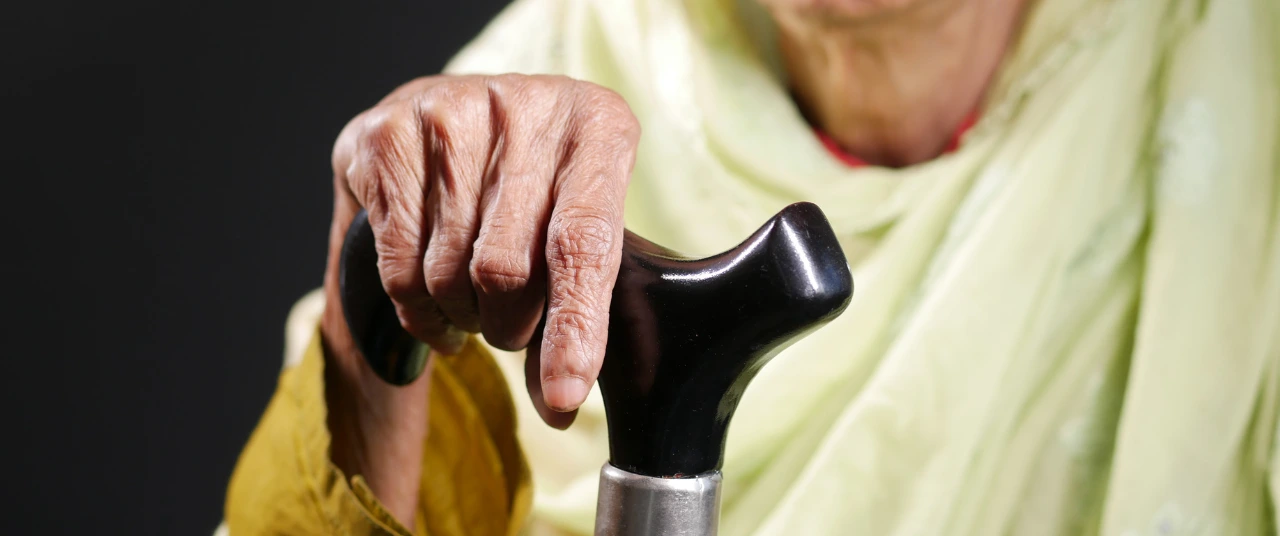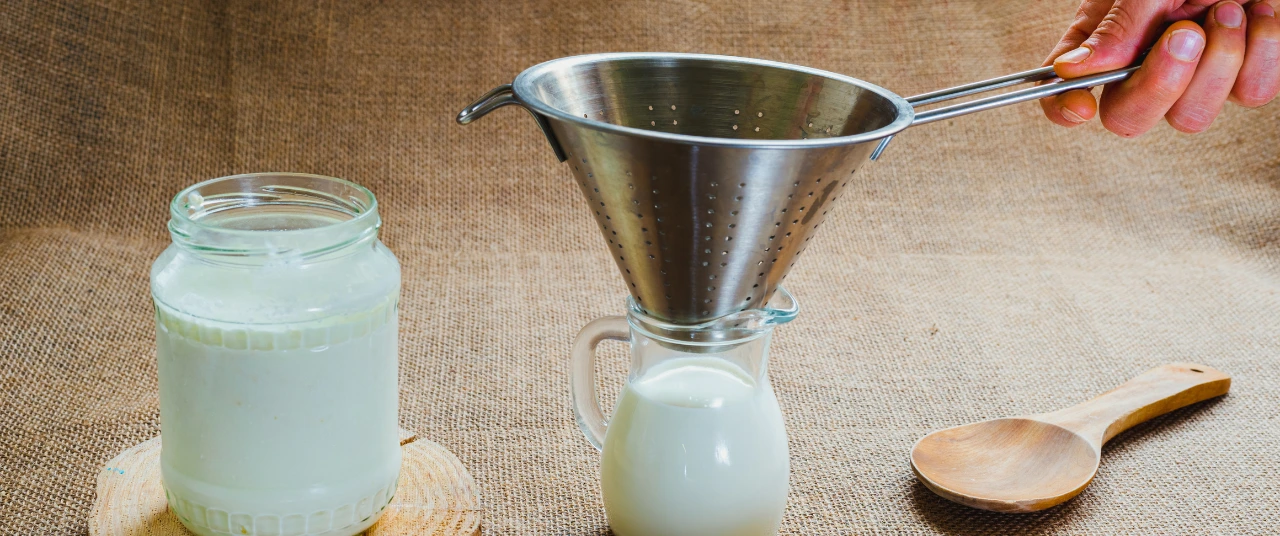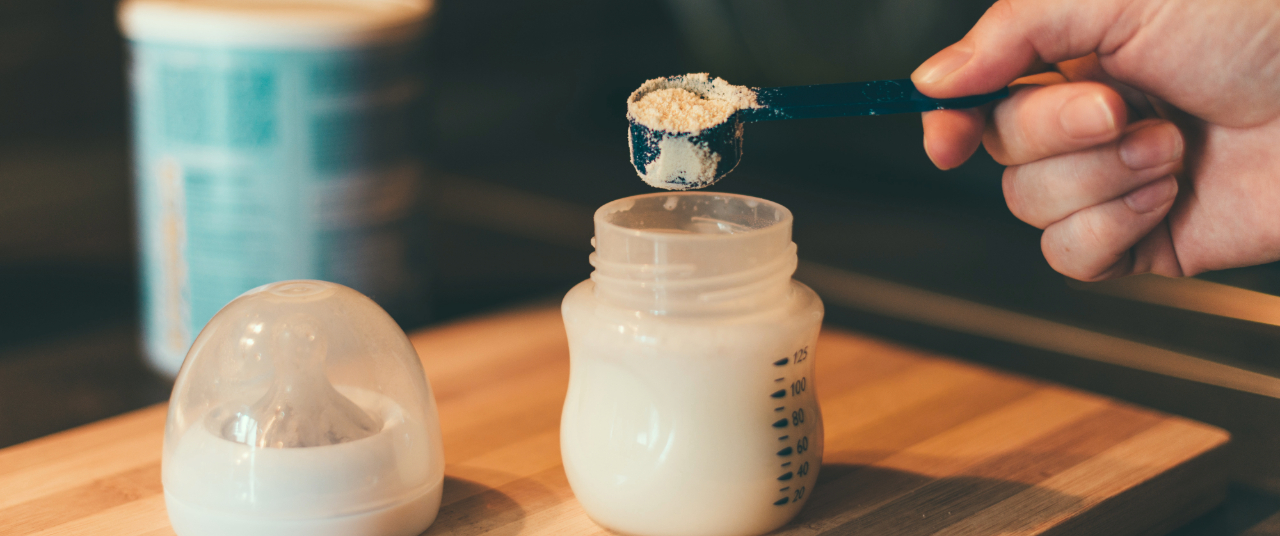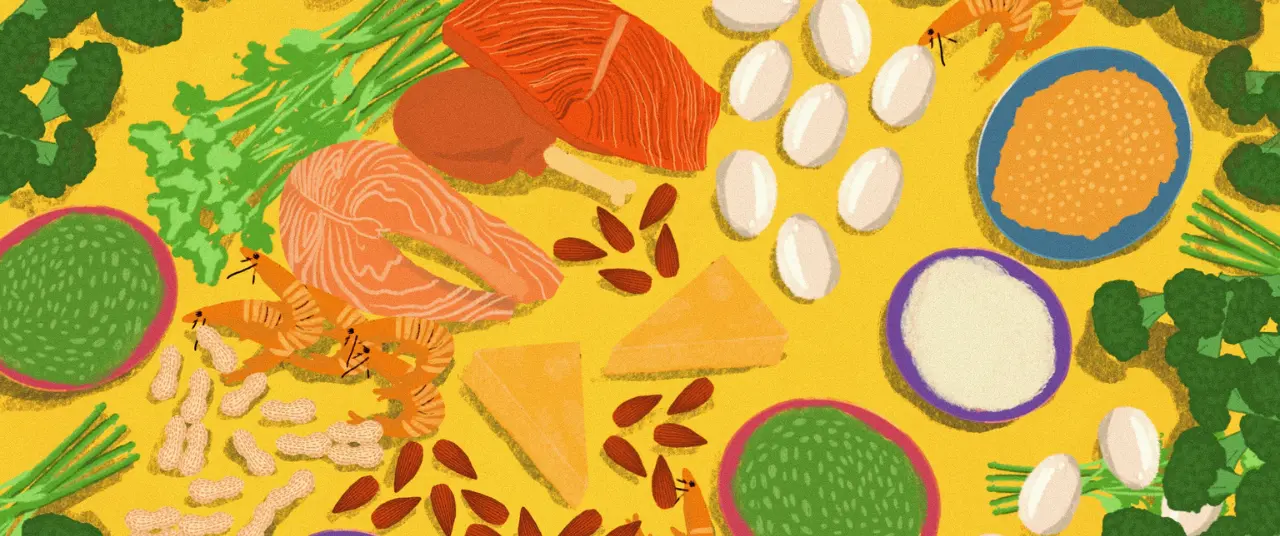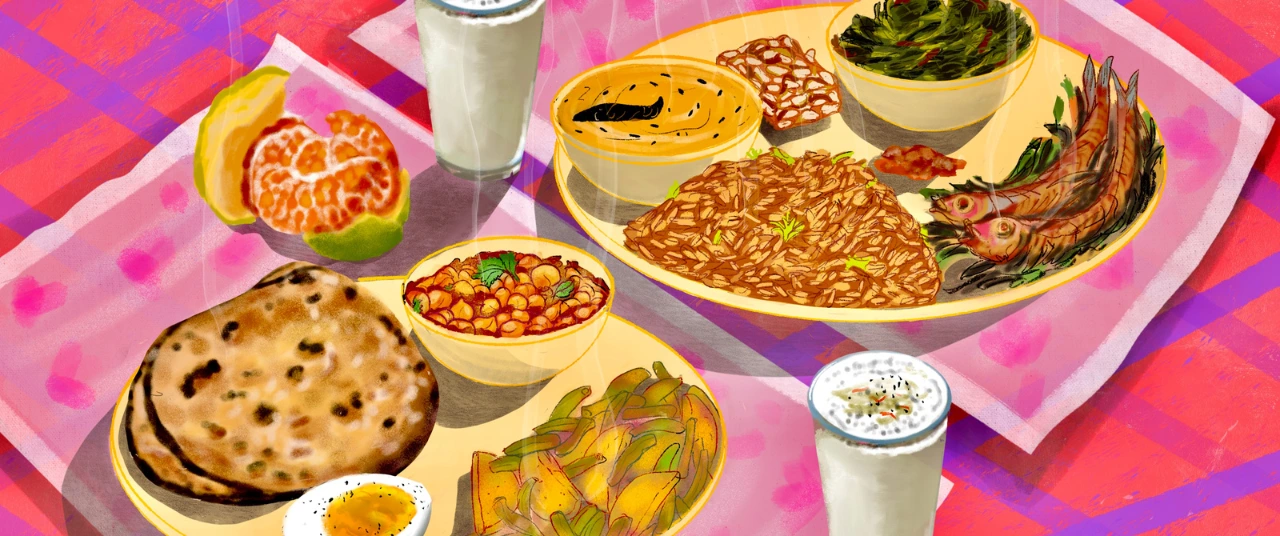How a plant, otherwise demonised for stirring an itch, fed a village






Editor’s note: As a child, the experience of tasting different foods for the first time can feel primal—etched into the senses and memory. To an infant or toddler, nothing is as sweet as a ripe mango, or as tart as a squeezed lime. In the following excerpt from ‘Adukkala: Tales and Cuisine from the Kitchens of North Malabar’ by visual artist Bara Bhaskaran, a child’s hunger and curiosity prompt them to take a bite of raw elephant taro or Mundya—a plant whose stem and leaves are known to punish eaters with lingering stings. Will the child regret this discovery or cherish it in the years to come?
I stood up holding the door and pulled it open. Tender sunlight tumbled inside laughing, an invite to step out. Had barely learned to be on my feet. No wait, I could toddle. A belly crawl and then shuffle and stretch to latch on to the door. Waist bells tinkled. Steps, I could get down on all fours. Ahead, a long veranda. Elevated, made of cement, smooth. Moving sideways, holding on to the wall, led to a bathroom door. Inside, a hearth where a copper cauldron sat cavernous like hell. Water in it hot. But the pot couldn’t be scaled. Only if I could get down the steps. On my feet, impossible. I spread myself, stretching the legs on to the steps. A crawl down all three of them, on my knees. On the side of the bathroom drain stood the Mundya, an elephant taro, towering with massive leaves and stems. Leaves, dark green with veins. Watery and glazed, the light green stems looked bewitching in the sun. Laid supine and tilted while being bathed, I had pined for them. Lifting myself up wouldn’t do; I was now upright, gripping a Mundya stem. A hen on the black humid soil in its shade strutted away cackling with chicks and gawked at me jerking its neck with half-open beak. Except for them, not a soul was around. Sunlight and breeze tickled me together, laughing. I felt famished! The hunger was unbearable! Dark green leaves, glassy-green limbs! There was no one outside. On my toes, I grabbed the Mundya stem and pulled. Two thick pieces of leaf, a fistful, came off. The mouth opened wide to stuff them in and a torrent-like a scream birthed itself. The mouth stung, prickled, roasted! The house stood up on its feet, shook itself and settled. In a single leap, I was ejected to a sun-lit courtyard. Fire-drops filled the eyes. Someone held me, hearing the terrible screams. Who poured coconut oil into my mouth?
Through its viscousness, flowed screams and water breaching dykes. Both my hands were clawing the thighs. I was aflame and shrieking as if everything was being burnt down and pulled apart. Drooling, mewling, trotting under the sun, the scream show lasted many hours.
That child hollering from under the sun is my first memory. Nothing exists before that. All that I narrated here was aided by skills of mind, merging figments of imagination and memory. The door and the steps, the up and down climbs are all cut-up fragments of cloth, stitched around a scream.
It is from a time when I was a toddler and used to stay at the house of an uncle. The Mundya stood next to the bathroom of the house. It stayed in memory because its leaves were the first meal I had. For me it isn't just the first memory of hunger, it's my first ever memory. I have no recollection of anything before that. A memory that preludes it is a darkness that permeates the kitchen. A cat sleeping on the hearth, covered in ash. Nothing more.

Mundya koottukari
People carrying flaming torches made of dried coconut leaves walked helter-skelter but no fire mishap was reported even in summer nights. The story of the demonised elephant taro is similar. The leaves, stem and even the root of the incredible Mundya have the annoying ability to cause itching. Despite this, the entire village relished the ‘koottukari’ (mixed vegetable and legume curry) made with Mundya. No one felt the itch.
A mature root, when dug up and peeled, is around four to five feet long. It has the appearance of the trunk of an areca palm, and inside, the redness of elephant yam. It may have reached north Malabar via the Konkan route. I have not come across giant Mundya roots being cooked anywhere. The Mundya ‘koottukari’ is often made during events where a large number of people assemble, like Theyyam rituals, weddings and the ceremonial feast called ‘Adiyanthiram’, held a few days after someone dies.
Koottu
- Mundya diced into cubes
- Raw banana diced into cubes
- Black chickpeas (small) soaked overnight

Peel the Mundya root and leave it to dry for four to five days. The three main ingredients—Mundya, raw banana and chickpeas—need to be cooked separately. While the Mundya cubes are cooked with salt, turmeric and tamarind water in a large cauldron, the raw banana and chickpeas are cooked with salt and turmeric. The cubes of Mundya are then transferred to a special wooden vessel called ‘mari’ and mashed lightly using a mallet. The mashing process is repeated after adding cubes of raw banana.
Dry round chillies and coriander seeds are toasted in coconut oil and powdered. They are then mixed with pepper, garlic, ginger, cumin seeds, green chillies and freshly grated coconut, and coarsely crushed on a grinding stone. Coconut oil is poured into a large ‘uruli’ (flat cooking vessel made of bronze) and tempered with mustard seeds when the oil turns hot. The coarsely ground coconut mix is added to the oil. Tip in boiled chickpeas and the mashed pieces of Mundya and raw banana. The curry is stirred with a large wooden ladle till it boils and everything merges together. It is then checked for salt and transferred to the wooden vessel.
Flakes of dried coconut and curry leaves fried in coconut oil are lavishly spread on the curry which is then covered with banana leaves. When it is time to serve, pour in some coconut oil and stir.
No one had fertilised the Mundya plant that stood in a corner of the courtyard. Yet it grew towering over the place like a giant. It fed hundreds of people in a village who cooked it collectively. None of them ever felt an itch.
An excerpt from Adukkala, tales and cuisine from the kitchens of north Malabar by Bara Bhaskaran, published by Manorama Books. Translation by Binu Karunakaran.
Explore other topics
References


